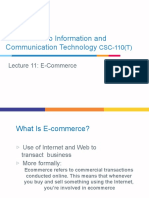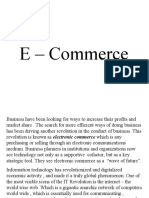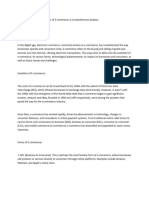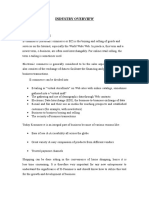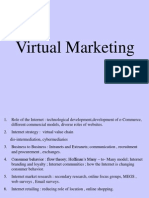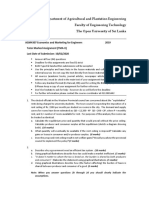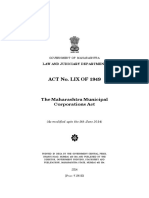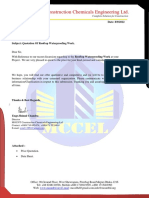0% found this document useful (0 votes)
41 views5 pagesDocument 1
The document discusses the emergence of e-commerce, tracing its origins from the Industrial Revolution to the digital age, highlighting its definition and various types such as B2C and C2C. It outlines the advantages and disadvantages of e-business compared to traditional business models, as well as the rise of mobile commerce (M-Commerce) and its key features. The document emphasizes the role of technological advancements in shaping e-commerce and its future potential.
Uploaded by
kanikagupta7404Copyright
© © All Rights Reserved
We take content rights seriously. If you suspect this is your content, claim it here.
Available Formats
Download as DOCX, PDF, TXT or read online on Scribd
0% found this document useful (0 votes)
41 views5 pagesDocument 1
The document discusses the emergence of e-commerce, tracing its origins from the Industrial Revolution to the digital age, highlighting its definition and various types such as B2C and C2C. It outlines the advantages and disadvantages of e-business compared to traditional business models, as well as the rise of mobile commerce (M-Commerce) and its key features. The document emphasizes the role of technological advancements in shaping e-commerce and its future potential.
Uploaded by
kanikagupta7404Copyright
© © All Rights Reserved
We take content rights seriously. If you suspect this is your content, claim it here.
Available Formats
Download as DOCX, PDF, TXT or read online on Scribd
/ 5


















